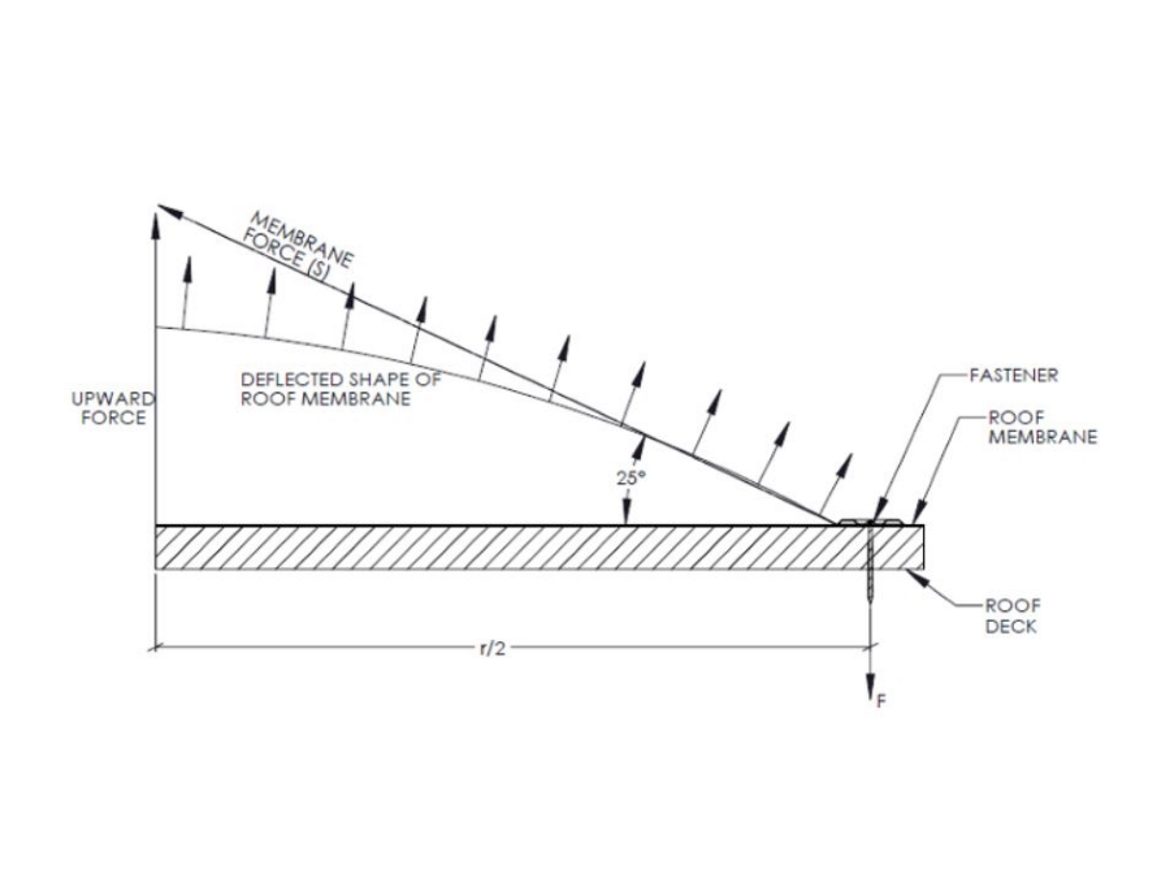SECTION 1807.3
WATERPROOFING REQUIRED
Where the ground-water investigation required by Section 1802.2.3 indicates that a hydrostatic pressure condition exists, and the design does not include a ground-water control system as described in Section 1807.1.3, walls and floors shall be waterproofed in accordance with this section.
CODE INTERPRETATION
This section implies that a waterproofing application is completed when the site ground water table is maintained at an elevation of not less than 6 inches below the bottom of the ground slab. The section states that waterproofing is required when hydrostatic pressure will occur.
It is the responsibility of the architect or designer to make certain that the waterproofing component is in compliance with the applicable Federal, State or Local codes. The primary distinction of the codes in regards to water table and hydrostatic pressure. A proper engineering study of the grounds is required to establish this criterion for the design phase.
ASTM states that dampproofing or waterproofing is required for slabs on ground and foundation retaining walls.
DAMPPROOFING AND WATERPROOFING
SPRI Announces Updated ES-1 Standard Now Available
SPRI, the association representing sheet membrane and component suppliers to the commercial roofing industry, announced that it has completed the process of reviewing the ANSI/SPRI/FM 4435/ES-1 “Test Standard for Edge Systems Used with Low Slope Roofing Systems.” The updated standard was re-approved as an American National Standard in November 2022. The Test Standard prescribes methodology for testing roof edge assemblies, excluding gutters, to evaluate their resistance to wind loads. It was last revised and re-approved as an ANSI standard in 2017.
“Recent investigations after high wind events continue to show that edge metal systems, which have been tested per ES-1 to resist the design loads, perform significantly better than unproven metal flashing. The first ES-1 standard was ANSI approved in 1998, and the per the ANSI process SPRI must reaffirm it every five years. Testing per ES-1 has been an IBC code requirement since 2003 and enforcement of that requirement, and therefore use of the ES-1 standard, has greatly increased over the years. SPRI took this opportunity to review and revise the standard to assure it best serves its users today and for the next five years.” said Mike Ennis, SPRI Technical Director.
The standard can be downloaded free of charge from www.spri.org/standards.
ROOFING
Figure RE1.4 – System of Forces, ½ of Membrane Width Between Fastener. Image courtesy of SPRI.

